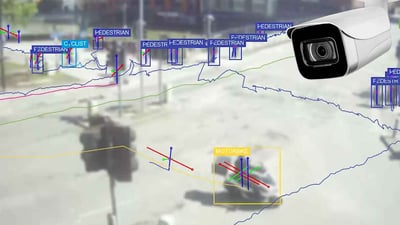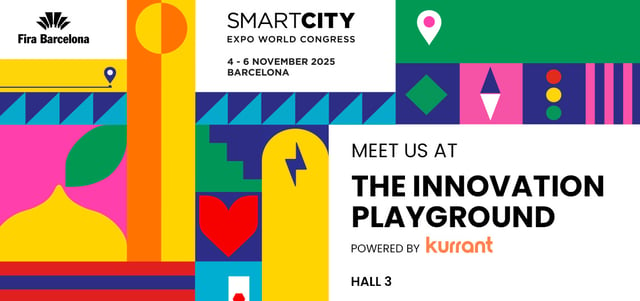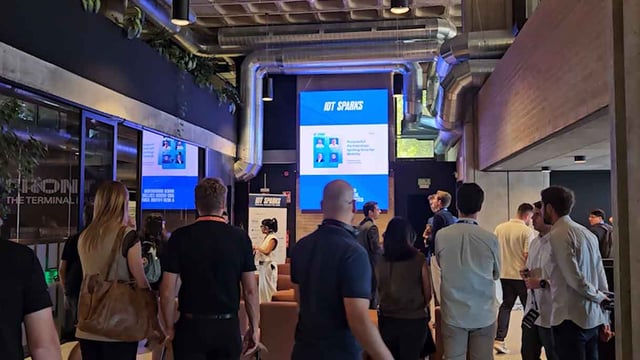How Reykjavik Optimizes Litter Bin Waste Collection, Location
Fill-level sensors are increasingly being adopted in various waste management scenarios, including smaller public bins. Reykjavik, the vibrant capital of Iceland, is a notable example of this trend. This video provides an insightful look into the implementation of fill-level sensors in 40-liter bins within the city. Featuring interviews with key figures, Karl Edvaldsson, from the city of Reykjavik, Hrafn Gubrandsson from Rafal, and Tomas Vincze from Sensoneo, the discussion delves into the reasons behind the city’s decision to adopt this technology and explores the aspects of connectivity associated with it.
The conversation with Karl Edvaldsson offers a city management perspective, highlighting the challenges faced in waste management and how technology can aid in addressing these issues. Hrap Gubrandsson provides insights from Rafal’s standpoint, discussing the technical aspects of the sensors and their integration into existing waste management systems. Tomas Vincze from Sensoneo sheds light on the innovation and functionality of the sensors, explaining their role in enhancing efficiency in waste collection and management.
This video not only explores the practical implementation of fill-level sensors but also touches upon the broader implications for urban environments. You will gain a comprehensive understanding of the challenges and opportunities presented by the integration of technology in urban waste management.
The video is informative for those interested in urban planning, environmental technology, and smart city initiatives. It provides a balanced view of the practicalities, challenges, and benefits of using fill-level sensors in a real-world context, making it a valuable resource for professionals and enthusiasts alike. Join us as we explore this significant step in Reykjavik’s journey towards smarter waste management.
🎥 Recent Event Coverage
Explore more insights from our latest smart cities and utilities events
Stay in the Loop
Get smart cities and utilities insights delivered your way. Choose your channel
Join our WhatsApp Channel






